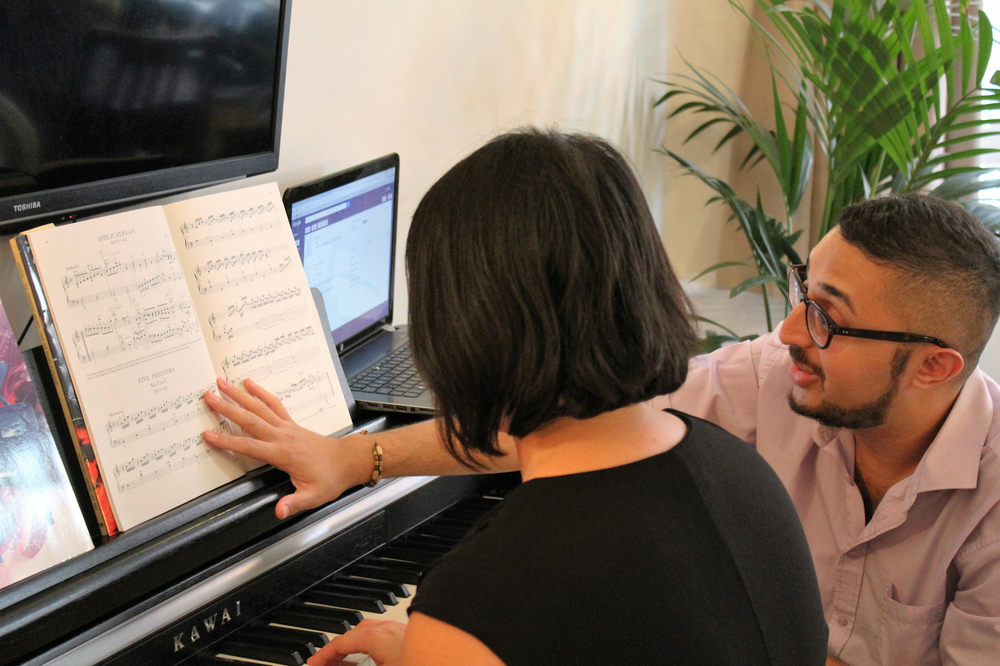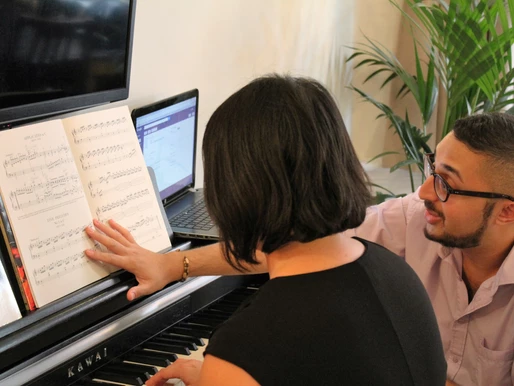Uncategorized
Differences in approach of our piano coaches

Two contrasting approaches…
“Building strong foundations” VS “Having a quick start”. What should we do as piano tutors in XXI century London?
The tradition dictated that students shouldn’t even touch the piano keys before having understood the basics of music notation. Of course this facilitated enormously the work when they actually started playing. Now… Can we apply the same technique to XXI century inspirational students? I’m more inclined to say no, but with certain reservations.
The standard every-day piano student, whether adult or child, sometimes is not 100% ready to go full on a “Ottocentesco / San Pietro a Majella” piano training course -at least according to my experience…- Nevertheless, they all want to make sure they obtain serious training. It is an art to find the right balance between quick and solid teaching.
Our WKMT piano teaching approach
As a team, we strongly believe we need to make sure we give our students the chance of experience fast progress while they get their foundations well set as well.
For that reason, we swapped pure “Solfeggio” for Bartok Mikrokosmos. The result: we can work on our students’ “tone” while they learn to sight read in the cleverest and less overwhelming way possible.
We take a contrapuntal approach which focuses on delivering quality results in the short term, while it guarantees the establishment of strong foundations. On these foundations is that we can build up solid progress. We will focus on training how to follow notes behaviour rather than trying to identify their absolute values. Following this paradigm, our students learn how to move depicting the musical flow on the text rather than trying to replicate what’s happening in the score dot by dot.
Think in counterpoint
Instead of learning how to quickly identify the names of the notes, we will try to understand the general ways musical notes behave.
We define three different types of motion: 1. Opposite, 2. Similar and 3. Oblique. We also acknowledge two different type of movements: 1. Stepwise and 2. By skip. And finally, we are aware of the only three possible directions notes can take: 1. Ascending, 2. Descending and 3. Stationary.
After having clearly set up the strategies to identify quickly any change on these variables, we are ready to start developing our piano sight-reading skills quickly and efficiently…
#pianotutor #pianotutorLondon #Pianoteachers

